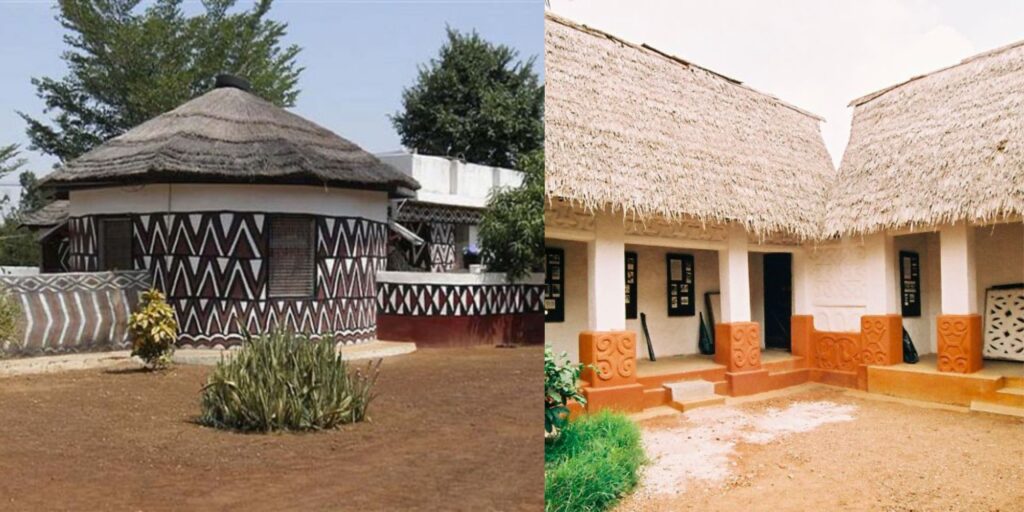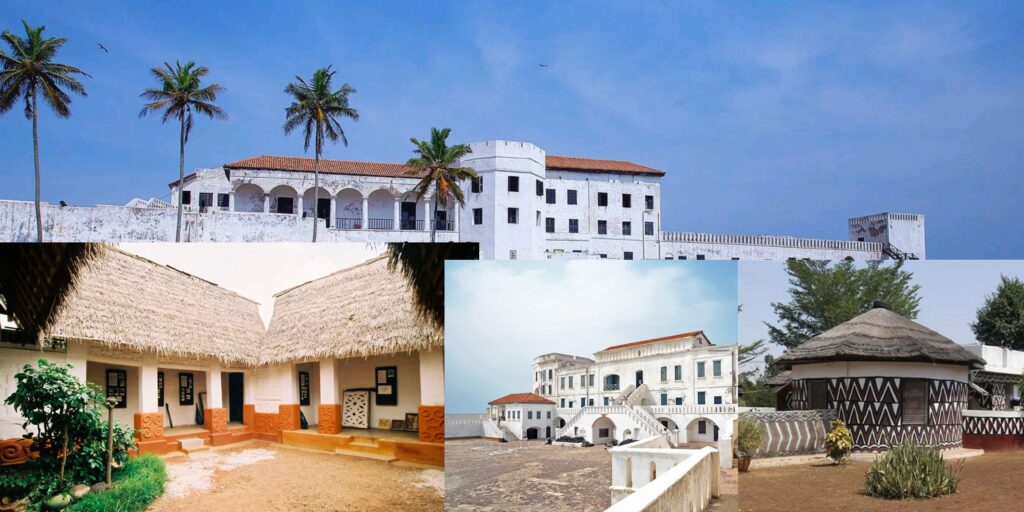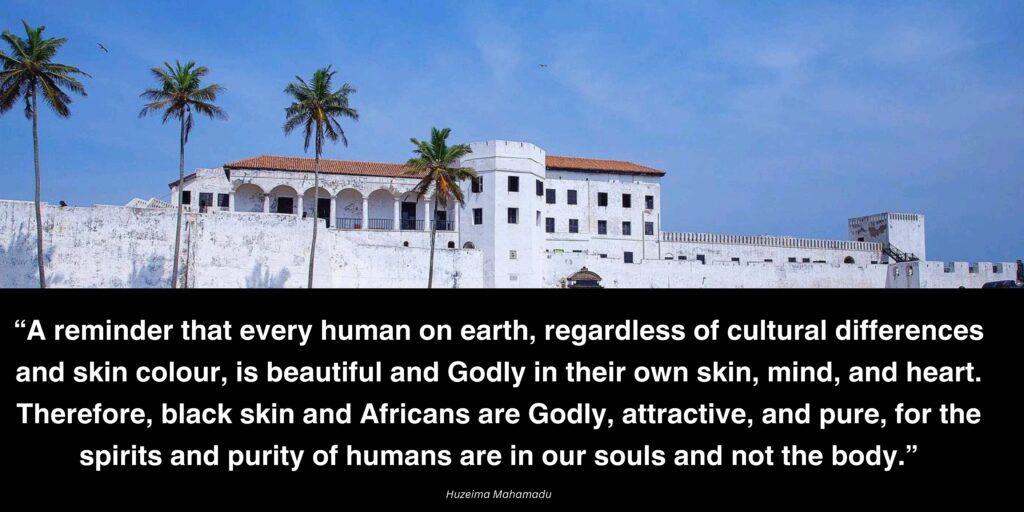World Heritage Sites and History of Ghana
Our heritage is the legacy or valuable things we inherit from our past or ancestors to cherish, protect, and pass down to the next generation. It includes our language, culture, historical buildings, biodiversity, and folklore. As Ghanaians and Africans, we are responsible for learning about our heritage and how it has shaped our present for the future. Knowledge of one’s heritage is necessary because, as Kwame Nkrumah rightly stated1:
“People without the knowledge of their past history, origin, and culture are like a tree without roots.”
However, we all know that trees cannot survive without their roots. Therefore, understanding and teaching our heritage to our children and grandchildren are necessary for a sustained and inherent sense of identity, belonging, and growth.
History and Heritage of Ghana
Ghana, formerly known as Gold Coast, dates to the 11th century. The first settlements were found in the Brong Ahafo and Northern Region. Thus, the Kingdom of Dagbon and Bono were among the earlier states in Ghana. The earlier settlements were built with fossil mud, laterite, and stone blocks. Proof of this can be found in Nkukua Buoho in the Brong Ahafo region and Gambaga in the North-East Region2. Also, Ashanti traditional buildings and the Naa Gbewaa shrine in Pusiga, Laribanga Mosque, and Waa Naa Palace later became essential places and buildings in the history and architecture of Ghana.

Civilization and Livelihood
Our ancestors were farmers, hunters, potters, and traders. Evidence of animal rearing, crop farming, hunting, and pottery were observed. Also, the old Ghana had rich and complex varieties of languages, culture, and wealth. By 800 AD, Ghana was a thriving centre for trade and commerce and later considered one of the most powerful empires in the world by 1070 AD due to its wealth and military prowess(2). All these cultural civilizations and diverse livelihood strategies existed before the Europeans arrived in Ghana. Therefore, as Chinua Achebe said:
“African People did not hear of culture for the first time from the Europeans…their societies were not mindless but frequently had a philosophy of great beauty…they had poetry and above all, they had dignity”
Europeans’ Arrival in Ghana
Ghana was called the Gold Coast because of its abundant gold and other natural resources. In the 15th century, the Europeans came to Ghana to trade. They brought clothes, guns, gunpowder, alcohol, metal knives, mirrors, and beads in exchange for gold, land, and ivory3. It was not a balanced or win-win trade from the onset, and the items in the batter trade were not of the same value. Ghana and Africans were at a considerable disadvantage.
Forts, Castles, and the Slave Trade
Later, the Europeans built the forts and castles in Ghana and other parts of Africa to store gold and other African resources. However, when the demand for workers at American plantations became more lucrative, the Europeans resulted in the Trans-Atlantic Slave Trade (TAST) to supply slaves to America and the Caribbean. The forts and castles became the holding point for the slaves.
By the 18th century, the Europeans had built about 40 forts and castles along the coast. This includes the Elmina, Cape Coast, and Osu castles. From the 16th to 19th centuries, the castles were used to hold enslaved Africans and played a vital role in the slave trade(3).
UNESCO World Heritage List
The United Nations Educational, Scientific, and Cultural Organization (UNESCO) created the World Heritage List to prevent the destruction and extinction of valuable heritage to humanity. Tangible cultural and natural heritage includes buildings, archaeological sites, museums, castles, monuments, and biodiversity. The intangible or “living” heritage includes social practices, oral traditions, festivals, performing arts, traditional craftsmanship, rituals, and local knowledge and practices. UNESCO works to maintain and preserve heritage attractions and sites so that future generations can learn, enjoy, and benefit from their economic and social value4.
World Heritage Sites and Attractions in Ghana
Ghana has two items inscribed on the World Heritage List. They are the forts and castles along the Coast (1979) and the Asante traditional buildings or shrines (1980).

Cape Coast and Eliminate Castles and Museums
The Cape Coast and the Eliminate Castles and Museums are famous tourist destinations and heritage sites. The Eliminate Castle was built in 1482 by Portuguese traders and the Cape Coast Castle in 1653 by the Swedish. The castles played a significant role in the gold trade, slave trade and colonization of Africa. Now, it serves as a museum to provide visitors with unique insights into Ghana’s past and the sensitivity concerning TAST, as the departure from the castle’s “door of no return” sadly means the loss of identity, culture, and dignity of the slaves5. Hence, these destinations are dark tourism sites due to their association with the death and blood of millions who lost their lives and dreams.
Ashanti Traditional Buildings or Shrines
The Asante traditional buildings or shrines gained a World Heritage inscription in 1980. They are mud-walled shrine houses with woven palm-branch rooftops, unique architecture and stylized symbols. Visitors can learn about the culture and traditions of the Asantes when they visit the shrines.
Nominated World Heritage Sites in Ghana
The Ghana Monuments and Museum Board has submitted some tourist sites and historical landmarks in the year 2000, now on UNESCO’s tentative list awaiting approval as World Heritage sites. These include.
- Navrongo Catholic Cathedral
- Tengzug – Tallensi settlements
- Trade Pilgrimage Routes of North-Western Ghana
- Kakum National Park
- Mole National Park
- Nzulezu Stilt Settlement
Potential Sites for World Heritage Application
- The first settlements before colonization
- Villages that are made of only traditional Ghanaian architecture, materials, and houses.
- The Naa Gbewaa Graveyard or shrine
Lessons on the History and Heritage of Ghana
A few takeaways include.
Africans are Godly and Pure Regardless
The slave trade caused millions of deaths and deprived millions of their identities. It is a memory of when all humans were perceived as not humans. It is also a reminder that every human on earth, regardless of cultural differences and skin colour, is beautiful and Godly in their own skin, mind, and heart. Therefore, black skin and Africans are Godly, attractive, and pure, for the spirits and purity of humans are in our souls and not the body. So, we must respect and value each other as humans with higher cognitive abilities, civilization and culture, consciousness, morality and ethics.

Beauty in African Culture and Heritage
Our culture and heritage are part of our identity. We must be proud to speak and teach our local languages to our children, learn our local dances, and celebrate our local festivals. We must find meaning and value in our foods, clothes, and footwear.
Spirit of Business and Trade
Ghana was a wealthy nation with natural resources and indigenous knowledge of business and commerce before the European’s arrival. Our ancestors already possessed the insights and spirit of business and trade. Therefore, we must find, reignite, and uphold such spirits to develop.
Spirit of Exploration for Development
If the Europeans could explore Africa to develop their continent, Africa must also be ready to explore opportunities to develop Africa. However, Africans must act differently and have a partnership and win-win mentality. The purpose of history is to learn from our past and mistakes and let it inspire us to be better and more progressive. We must retain our identity of being lively and lovely.
By: Huzeima Mahamadu
References
- Mahcap. (2023, February). Ghana: The Peaceful Destination in Africa [Informational]. Tourism in Africa. https://mahcap.com/ghana-the-peaceful-destination-in-africa/
↩︎ - Wikipedia. (n.d.). Early History of Ghana. ↩︎
- Cambridge. (n.d.). Europeans in Ghana. Cambridge University Press. https://assets.cambridge.org/97899888/96409/excerpt/9789988896409_excerpt.pdf ↩︎
- UNESCO. (2023). Cutting Edge | Bringing cultural tourism back in the game. UNESCO. ↩︎
- Nana Ato Arthur, S., & Victor Mensah, J. (2006). Urban management and heritage tourism for sustainable development: The case of Elmina Cultural Heritage and Management Programme in Ghana. Management of Environmental Quality: An International Journal, 17(3), 299–312. https://doi.org/10.1108/14777830610658719 ↩︎
